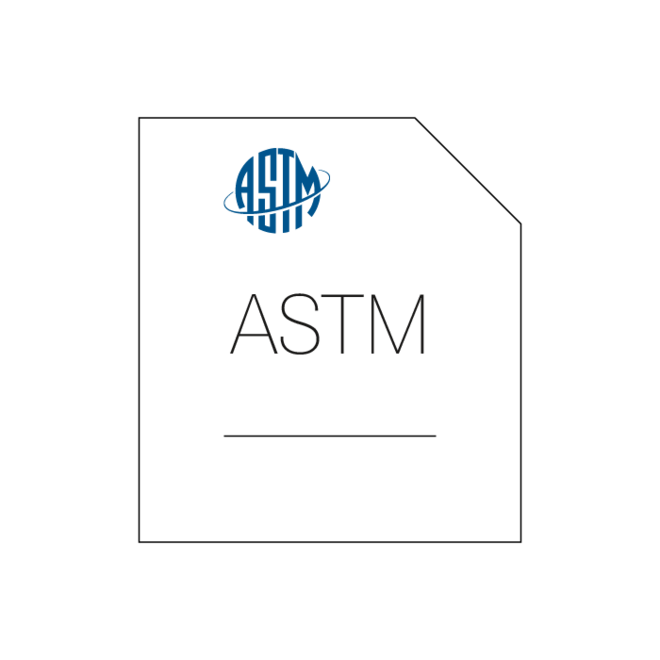Jetzt anpassen und kaufen
69,00 €
exkl. USt.
Konfigurieren


Norm
ASTM E 2813
Ausgabedatum: 2012
Standard Practice for Building Enclosure Commissioning
1.1 This practice is intended to serve as a concise, authoritative, and technically sound practice for Building Enclosure Commissioning (BECx) that establishes two levels...
Weiterlesen
Herausgeber:
American Society for Testing and Materials
Format:
Digital | 19 Seiten
Sprache:
Englisch
1.1 This practice is intended to serve as a concise, authoritative, and technically sound practice for Building Enclosure Commissioning (BECx) that establishes two levels of BECx: Fundamental and Enhanced (refer also to Section 4). 1.2 The BECx process as defined in this practice includes the following phases and sub-phases: 1.2.1 Pre-design, 1.2.2 Design, 1.2.2.1 Schematic Design, 1.2.2.2 Design Development, 1.2.2.3 Construction Documentation, 1.2.3 Pre-Construction, 1.2.4 Construction, and 1.2.5 Occupancy and Operations. 1.3 This practice includes a mandatory OPR Development Guideline (Annex A1) and requires the development of an OPR for both Fundamental and Enhanced BECx that addresses, at a minimum, the performance attributes and metrics included in Annex A1 of this practice. 1.4 This practice includes mandatory BECx Performance Testing Requirements (Annex A2) approved for use with this practice to evaluate the performance and durability of enclosure materials, components, systems, and assemblies. 1.5 This practice mandates independent, third-party design peer review during the Design Phase of both Fundamental and Enhanced BECx. 1.6 This practice recognizes that the OPR for exterior enclosure performance and environmental separation may exceed the baseline requirements of applicable building codes and standards and provides guidance for the development of an OPR based on the following attributes as defined in Annex A1 of this practice: 1.6.1 Energy, 1.6.2 Environment, 1.6.3 Safety, 1.6.4 Security, 1.6.5 Durability, 1.6.6 Sustainability, and 1.6.7 Operation. 1.7 The terms " building enclosure " and " enclosure " as they appear in this practice refer collectively to all materials, components, systems, and assemblies intended to provide shelter and environmental separation between interior and exterior, or between two or more environmentally distinct interior spaces in a building or structure. 1.8 This practice esta ....(abbreviated)
